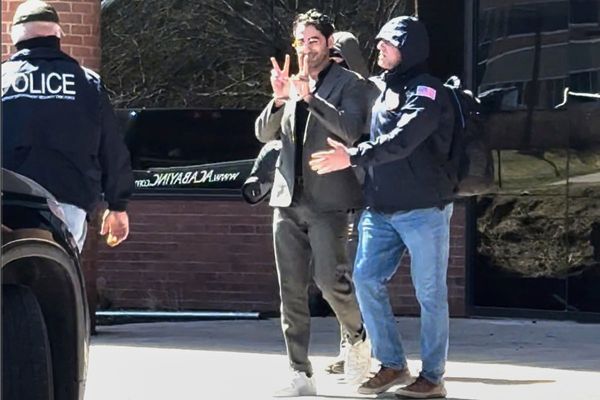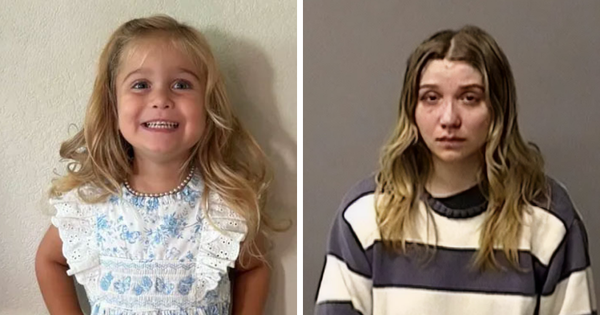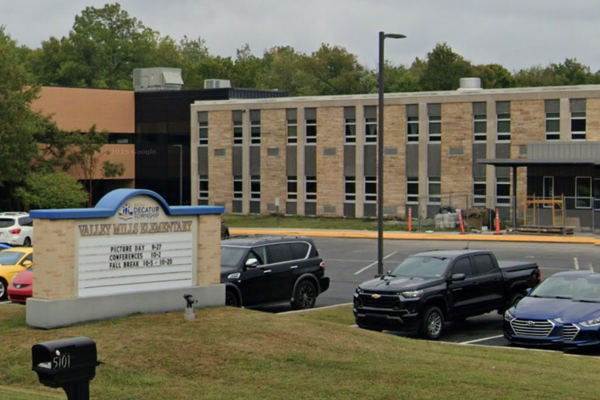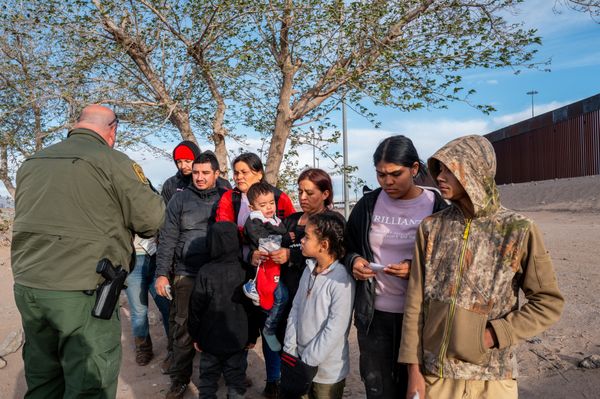
At about 6pm on Wednesday 26 February, Ana Luiza Hernández Raudelez saw her partner, Juan Bautista Silva, 70, receive a phone call. A land defender who had spent more than 20 years working for the local environment, Silva was preparing to leave on a motorcycle trip to photograph illegal logging near Las Botijas, in Comayagua, central Honduras, to support a complaint to the prosecutor’s office.
As he was about to set off, Ana suggested he take their son, Juan Antonio Hernández, 20, with him, as his new mobile phone took better photos.
The men said they would probably be home by 8pm. At midnight, their worried family called the authorities, sparking a search.
The next day, father and son were found dead and dismembered below a cliff close to Las Botijas.
One of Silva’s sons discovered the body parts. The men’s bodies had been dismembered with chainsaws and their remains left at the foot of the cliff. Silva’s torso and arms have not been found, while Antonio’s head remains missing.
The murders are a fresh reminder of the severe violence faced by nature defenders in Honduras, which in 2023 became the country with the highest number of defenders killed per capita in the world.
Selvin David Ventura Hernández, one of Juan’s sons, believes that the phone call, from an unknown number, is the starting point for explaining the harrowing deaths. The family believes the person making the call was impersonating the authorities. “My father didn’t think anything of it,” says Ventura. “In the moment, none of us did.”
Now, the family says, they are living in fear. They rarely go outside and are considering moving house. “By killing my father, they expected to terminate the activities against logging in the region. And they were successful; none of us will follow in his footsteps,” Ventura says. “But what they did not expect is that we are demanding justice. They are now waiting for this to blow over and for our justice system to fail us. But we are fighting.”
Silva’s relatives say he had previously been attacked with a machete, in March 2020, which resulted in a severe injury to his right arm and six days in hospital. They also claim he had repeatedly approached the prosecutor’s office to complain about illegal logging activities, but action was rarely taken.
After the murders, the Honduran institute for forest conservation (ICF) issued a statement condemning the “violent acts”, describing the two men’s deaths as “tragic” and asking for investigation and protection of “those who report environmental crimes in defence of the environment”.
***
In 2023, the NGO Global Witness reported a total of 196 murders and enforced disappearances of land defenders across the world. Honduras, tied with Mexico, had the third-highest number of violent land defender deaths (18), behind Brazil (25) and Colombia (79) – which makes Honduras the most dangerous country in relative to population numbers.
Research also shows that at least 131 land and environmental defenders were murdered in Honduras between 2012 and 2022, with 70 of these deaths occurring since 2016.
Laura Furones, a senior adviser at Global Witness, says Honduras emerges “pretty regularly” as a “worrying country” for land defenders’ rights. Among the factors behind the high rate of violence against land defenders, she explains, is the presence of natural resources, which may be exploited for agricultural purposes or corporate interests.
Furones also says Honduras is home to a “fairly vocal civil society”, including Indigenous activist groups. In a number of cases, she says, “trying to take a stand and trying to protect those lands and resources” can result in violence.
Activists who are perceived to “get in the way of these interests” may risk being attacked as well, she says.
Global Witness figures align with those compiled by local authorities. At the end of February, Honduras’ human rights commission (Conadeh) revealed that 35 land defenders have suffered violent deaths in the country since 2022.
Frank Cruz, Conadeh’s coordinator of the Office of the Ombudsman for Indigenous and Afro-Honduran people, says cases like the death of Silvas and his son will further dissuade land defenders from reporting environmental crimes. “The message sent is: ‘do not report, because if you report, you will be killed.’”
Cruz believes there are several reasons why many Hondurans decide not to report environmental crimes. He says the state “does not have sufficient capacity” to respond to complaints, while some people living in remote territories “do not know their rights” and are unaware of the protection to which they are entitled.
Others, Cruz says, have faced threats of violence. According to him, impunity is contributing to the normalisation of violence against land defenders in Honduras.
“If the aggressors or perpetrators of these crimes, deaths and acts of violence knew they would face investigation, charges, and prosecution at the hands of state organs, they would not commit these crimes,” Cruz says, adding that the government needs to implement medium- and long-term measures to “regain the confidence” of such communities. “The less impunity there is, the less normalisation. The more prosecution there is, the more awareness.”
Mauro Lara, the coordinator of community forest development at the ICF, worked with Juan as part of a forestry cooperative. According to Lara, while he has never formally registered any threats in the region where Juan was operating, it is likely that land defenders have faced them. “Generally, people are afraid to confront, or speak about, loggers. They are feared in the region,” he says.
The country has previously faced condemnation for its handling of environmentalists’ murders. In April 2009, Honduras was sentenced by the Inter-American court for the death of Blanca Jeannette Kawas Fernández, an environmental activist who was shot and killed in February 1995.
Kawas had publicly opposed illegal logging and economic projects to be implemented on the Punta Sal Peninsula on the northern coast. At least one agent of the state was found by the court to have been involved in her death.
In March 2016, environmental activist Berta Cáceres was shot dead, sparking violent clashes. Prior to her death, Cáceres had been involved in efforts to prevent the construction of a hydroelectric dam on the Gualcarque River, considered sacred by the Lenca Indigenous community.
Cáceres, the winner of the 2015 Goldman Environmental prize, had long faced threats and was found to have been killed by hitmen.
The murder of Juan López – an anti-mining activist, water defender, and local religious leader – in September 2024 sparked international condemnation, including from the Biden administration and the pope.
López was driving home from church when a group of men shot him. Since 2018, López had been advocating against a mining project in the Carlos Escaleras national park, named in memory of another Honduran environmentalist, who was murdered in October 1997.
Over a month has passed since Silvas’ and Antonio’s deaths. No suspects have been arrested. There have been no updates since 19 March, when police commissioner Miguel Martínez said that the case was “now in the hands of the public prosecutor’s office”, adding that “everything is moving forwards”.







